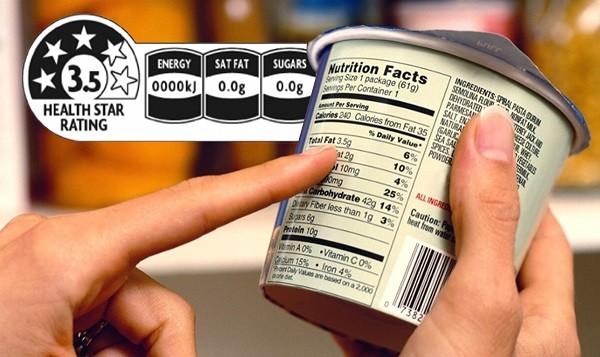In today’s bustling world of consumer products, knowing how to read labels isn’t just a skill—it’s a crucial step towards making informed decisions about what you consume. Whether you’re at the grocery store, pharmacy, or shopping online, deciphering labels empowers you to understand ingredients, nutritional values, and make choices aligned with your health and ethical values.
Understanding Ingredients Lists
The ingredients list is your gateway to understanding what’s inside a product. Ingredients are typically listed in descending order of predominance by weight, meaning the first ingredient is the most abundant in the product. Look out for:
- Allergens: Ingredients like nuts, dairy, soy, and gluten are often highlighted to alert those with allergies.
- Additives: Scan for preservatives, colorings, and flavor enhancers (e.g., artificial sweeteners) that might impact your health preferences.
- Natural vs. Artificial: Recognize the source of ingredients—whether they’re derived from natural sources or synthesized in a lab.
Decoding Nutrition Facts
Nutritional labels provide valuable insights into the calorie count and nutrient composition per serving. Key elements include:
- Serving Size: Often overlooked, this determines the basis for all other nutritional values listed.
- Calories: Understand the energy content per serving and assess how it fits into your daily intake.
- Nutrients: Pay attention to the levels of fats (saturated and trans), sugars, sodium, and fiber. Compare these values with your dietary goals.
Certifications and Seals
Look for certifications and seals of approval from reputable organizations. These indicate adherence to specific standards such as organic, non-GMO, fair trade, or cruelty-free practices.
Date Labels and Shelf Life
Understanding “best by,” “sell by,” and “use by” dates helps you gauge freshness and food safety. These dates are guidelines for quality, not necessarily safety.
Tips for Smart Shopping
- Research Brands: Get familiar with brands that align with your values regarding quality, sustainability, and ethical sourcing.
- Compare Products: Use labels to compare similar products and make choices that best suit your needs.
- Stay Informed: Keep updated on emerging health trends and new ingredients to make informed decisions.
Mastering label reading isn’t just about understanding what’s in a product—it’s about making choices that support your health, values, and lifestyle. By decoding labels effectively, you empower yourself to navigate the complex landscape of consumer goods with confidence and clarity. So, next time you shop, remember: knowledge truly is power.





